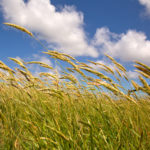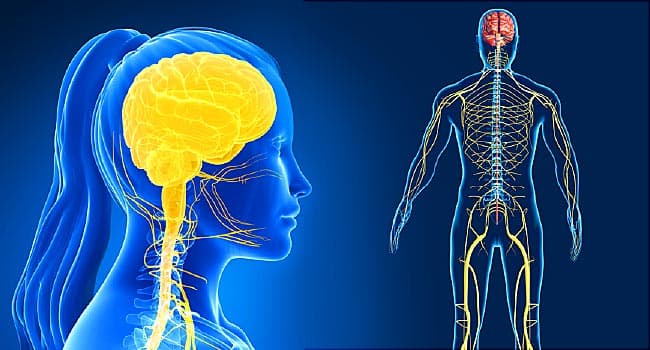Hold your hand in front of your face, and breathe in deeply. Now gently blow outward towards your fingers. What do you feel? Does it feel cool and tingly? What you felt blowing past the tips of your fingers is commonly referred to as air.
Air is one of the primary things that makes life on Earth possible. But what is air, and do all planets have it? Air is a synonym for atmosphere. The Earth’s atmosphere or air is made up of a variety of gases and other particles. Most of the planets in our Solar System, and even some of the moons have atmospheres. However, the atmospheres of these planets and moons are very different from that of the Earth.
The atmosphere of our home planet is made up of three primary gases. These gases are oxygen, nitrogen, and argon. In addition to these three gases, there are many other gases in the atmosphere in trace or small amounts. Additionally, there are small particles, or particulates, floating in the atmosphere, such as dust, water, and pollen.
As you blew air past your fingers, did you see anything? Air is invisible, tasteless, and scent free. The particulates floating in the atmosphere are, however, another story. Smoke is one type of particulate that commonly pollutes the atmosphere allowing us to see the air. Other particulates that allow us to see the air might be steam, dust, or in extreme cases, even pollen. Try this experiment. On a quiet afternoon, find a window where sunlight is shinning through the glass down onto the floor. Lay down beneath the window and look up through the light.
What do you see? Can you see the sunlight reflecting off of the particulates in the air?
You should see dust particles as well as tiny hair follicles. In addition to the particulates that are visible, there are many more that are not. They are too small to be seen by human eyes. These particulates are around us each and every day, though we usually do not think about them.
By watching these particulates, we can get an idea of just how volatile the atmosphere is. What would happen, in our previous experiment, if we blow into the light? Doing so would reveal how quickly the air around us gets mixed up. Imagine what happens outside as storms blow the Earth’s atmosphere this way and that. Imagine how quickly the gases in our atmosphere are mixed together. It only takes a few days for particulates from one part of the Earth to be blown all over the planet. Dust particles from the Sahara Desert are blown into the atmosphere and end up all over the Earth.
The Earth’s atmosphere extends outward to a distance of approximately 6,000 miles. However, the bulk of that atmosphere is compressed into the first 16 miles. The higher that one travels, the less compressed the atmosphere becomes, and the less pressure there is exerted on the items in that atmosphere. Imagine that you are swimming in a giant pool of steel marbles. The deeper you go into the marbles the heavier the marbles become. This is because there are more marbles on top of you, and more weight pushing down on your body. The higher you go, the lighter they become.
The varying pressures of our atmosphere at different elevations has important effects on the weather, on animals and people, and on man-made devices. We will explore these effects more in later chapters.






